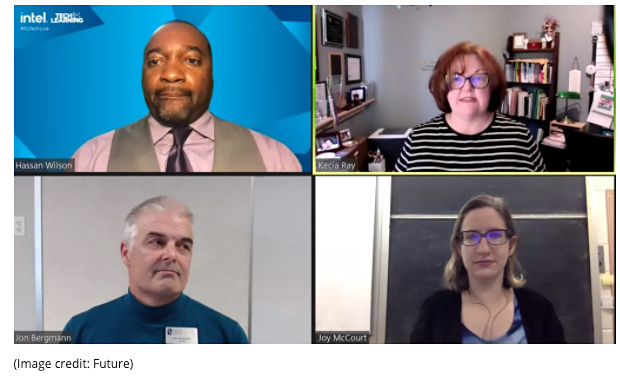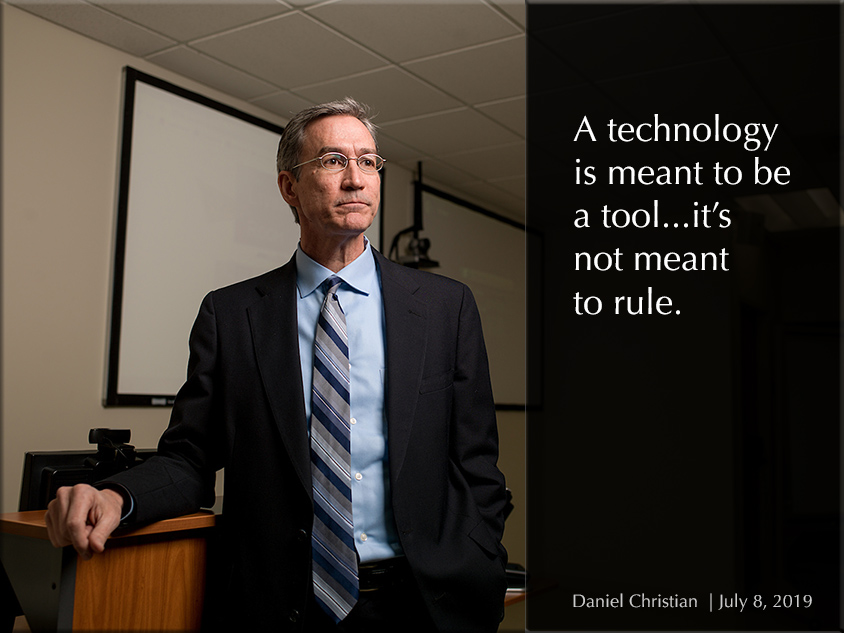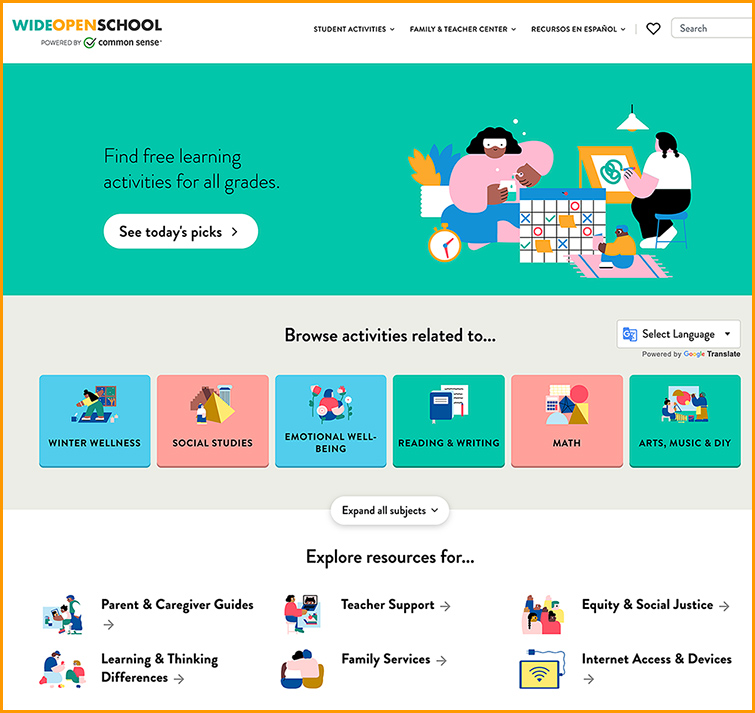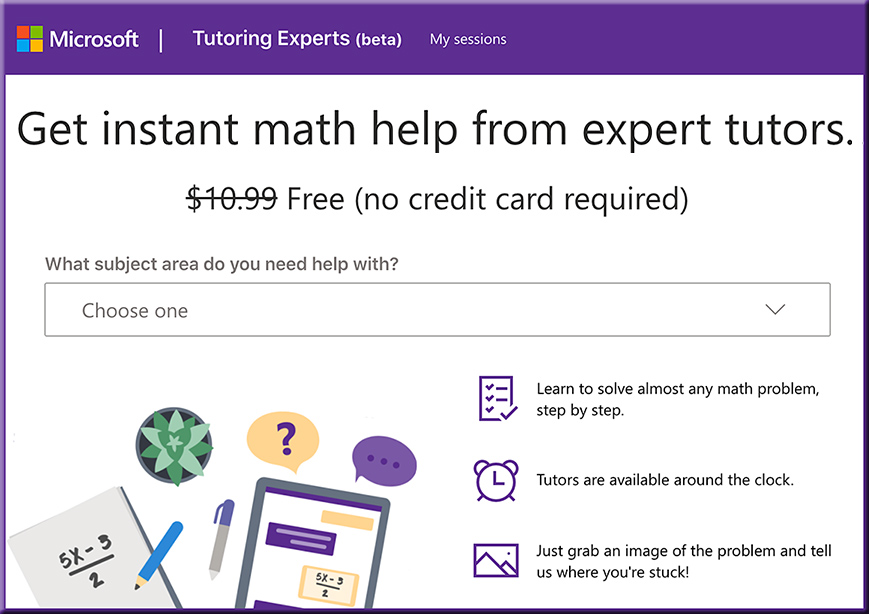Flipping Virtual Classrooms for More Impact — from techlearning.com by Ray Bendici
Flipping virtual classrooms can help maximize teaching time and resources
Excerpt:
The mantra of flipped learning is that you can reach every student in every class every day, said Bergman. So if you have less synchronous time, you need to provide more time with your students one-on-one to work on the hard stuff, and flipped mastery learning, in particular, accommodates that.
“Flipped learning teachers have been preparing for the pandemic for the past 10 years,” Bergman said. “It’s really a great way to amplify your reach to teach.”
When the pandemic hit, Bergman and his flipped learning team realized that the most important thing is connections with students and the physical time spent with them. “So what’s the best use of your face-to-face class time?” Bergman said. “I’m going to argue it’s not you standing up and then introducing new content, it’s giving students the new content first and allowing them to apply, analyze, and evaluate it.”














